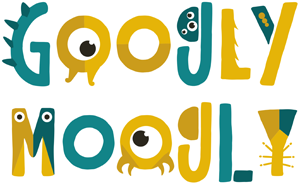Applied improvisation is a good time but it’s also good at reinforcing the skills you haven’t worked on in years or skills that you’re not too comfortable with brushing up on. Let’s talk about communication. We live our lives relying on it at work, at home, in friendships, and even on the bus when you say “hi.” By tapping into the tenets of improvisation, we can make what you’re already good at better and help you in areas you feel weak.
We have for you, How Applied Improvisation Helps You Communicate.
Tackle the fear of speaking in front of other people
Applied improv stems from theater whose main purpose is performing in front of an audience in a well rehearsed manner. With practice, improv can help you get in the right mindset and go-with-the-flow when presenting.
Think on your feet and deal with the unknown
Sometimes a presentation doesn’t go the way we planned it and you have to improvise. In scenes, we may be thrown a curve ball that completely changes the reality in which we live but through the power of active listening and teamwork we can see our way through. This is the same in the professional sense. Outside of presenting, there are many situations where you know a conversation is going to be difficult. It’s good to trust your own instincts and enter that conversation with confidence whether you have some talking points hidden aside or not.
Listen better and become more empathetic with clients and coworkers
Active listening is when you’re truly focused on what other people are saying without thinking of a response or cutting them off to get your point across. By listening better, you can understand not only the words that are being spoken to you but also how the words are being delivered. By understanding the context of your conversation, you can better empathize with individuals.
Understand the importance of nonverbal communication
As we just touched on, how you say something is just as important as what you’re saying. Everything from your tone of voice to your body mannerisms convey a message that doesn’t need to be said.
Build your personal communication style
Practice makes perfect. By going through improv exercises you get to explore many aspects of your self. Goofy and serious. Sweet and angry. Happy and sad. You’ll explore these emotions in front of a whole group and with a partner. During this time, you can take the aspects that felt right with you and try and incorporate that in your professional communication style, specifically in instances such as writing and delivering a speech.





